Reading Chunks from a Buffer
What follows is a brain dump of something I need to do from time to time and I thought it would be a good idea to write down the steps which are involved when reading and parsing chunks from a source. For example when reading from a file.
When do you want to read chunks anyway? Well, lets take an example for which I often need to read chunks: reading nals from a h264 file (annex-b). When parsing raw h264 data you don't know the byte-offsets in the file where the video frames start and stop. Therefore you need to parse it and detect the annex-b headers. Because the file size can be very large, I don't want to read the complete file at once into a buffer. A more sense approach is to read and parse the file in chunks of lets say 128 kilobytes. When you combine reading chunks and parsing these chunks there are several things you need to keep in mind:
- How many bytes are still available in the source file?
- How many bytes did the parser parsed?
- How many h264-bytes didn't get parsed?
Determining the number of bytes to read
A first approach could be something like this: we keep track of how
many bytes there are still in the source buffer (e.g. the file). Lets
call the variable that holds the number of bytes that are available
bytes_left_to_read. Then every time we read from the source, we try
to read the maximum amount of bytes. The maximum bytes is normally the
size of the chunk. But be aware that the last read from the source is
special. For example, lets say the file size is 101 bytes and we're
reading in chunks of 10 bytes, then we need to read only 1 byte for
the last read. Using std::min<size_t>(chunk_size,
bytes_left_to_read) we can determine how many bytes we still can
read.
// Be aware that this is an incomplete example. while (bytes_left_to_read > 0) { bytes_to_read = std::min<size_t>(chunk_size, bytes_left_to_read); bytes_left_to_read -= bytes_to_read; }
This is all good and simple and it will make sure that we only read the number of bytes that fit in our chunk and doesn't exceed the number of bytes in our source.
But the approach above won't work because you can't always,
read the full chunk_size. When the parser didn't parse the
full previous chunk there are still some bytes left that you
need to parse after the next read. Therefore we need to reduce
the chunk_size by the number of bytes_available_in_chunk that still
need to be parsed. bytes_available_in_chunk holds the number of
source bytes that still need to be parsed but have been read. So a better approach
is this to use: std::min<size_t>(chunk_size - bytes_available_in_chunk, bytes_left_to_read);
while (bytes_left_to_read > 0) { bytes_to_read = std::min<size_t>(chunk_size - bytes_available_in_chunk, bytes_left_to_read); bytes_left_to_read -= bytes_to_read; }
Reading data into the buffer and parsing it.
Once we've determined how many bytes we can read, we need to read the bytes into our chunk. Because the chunk can hold some valid bytes that we need to parse we cannot simply copy new bytes into the start of the buffer. New bytes need to be stored after the bytes which are still available from our previous read.
But lets do one step back. Lets say we've just read a complete chunk
of 10 bytes but only parsed 8 bytes. We need to move the last 2 bytes
which are still waiting to be parsed, to the beginning of our chunk
before we start reading new fresh bytes. For this we use memmove.
With memmove we move the valid bytes to the start of our chunk
buffer. The number of bytes that we need to move is what we
called bytes_available_in_chunk that we calculate using
chunk_size - bytes_parsed.
bytes_available_in_chunk = chunk_size - bytes_parsed; memmove(chunk, chunk + bytes_parsed, bytes_available_in_chunk);
Once we've moved the remaining bytes to the start of the buffer we repeat the steps described above which leads to something like this:
int VideoH264Creator::create(const std::string inpath) { const int chunk_size = 1024 * 28; size_t bytes_available_in_chunk = 0; size_t file_size = 0; size_t bytes_left_to_read = 0; size_t bytes_to_read = 0; size_t bytes_parsed = 0; int parse_result = H264_PARSE_OK; uint8_t buffer[chunk_size]; if (0 == inpath.size()) { SX_ERROR("Given input path is empty."); return -1; } /* Open the input file (h264, annex-b) */ std::ifstream ifs(inpath.c_str(), std::ios::in | std::ios::binary); if (false == ifs.is_open()) { SX_ERROR("Failed to open: %s", inpath.c_str()); return -2; } /* Check the file size. */ ifs.seekg(0, std::ifstream::end); file_size = ifs.tellg(); bytes_left_to_read = file_size; ifs.seekg(0, std::ifstream::beg); if (0 == file_size) { SX_ERROR("Input file is empty."); return -3; } while (bytes_left_to_read > 0) { /* We can only read the remaining free space in the chunk, or what's still remaining in the file. */ bytes_to_read = std::min<size_t>(chunk_size - bytes_available_in_chunk, bytes_left_to_read); /* We read new bytes, after the bytes which are still available. */ ifs.read((char*)buffer + bytes_available_in_chunk, bytes_to_read); /* Increment the number of valid bytes using the number of bytes we just read. */ bytes_available_in_chunk += ifs.gcount(); parse_result = parser.parse(buffer, bytes_available_in_chunk, bytes_parsed); if (bytes_parsed > chunk_size) { SX_ERROR("Number of bytes parsed bigger then given buffer. Not supposed to happen."); break; } /* Remove the bytes that were read from our small buffer. */ bytes_available_in_chunk = chunk_size - bytes_parsed; memmove(buffer, buffer + bytes_parsed, bytes_available_in_chunk); /* Recude the number of bytes read from the file. */ bytes_left_to_read -= bytes_to_read; } return 0; }
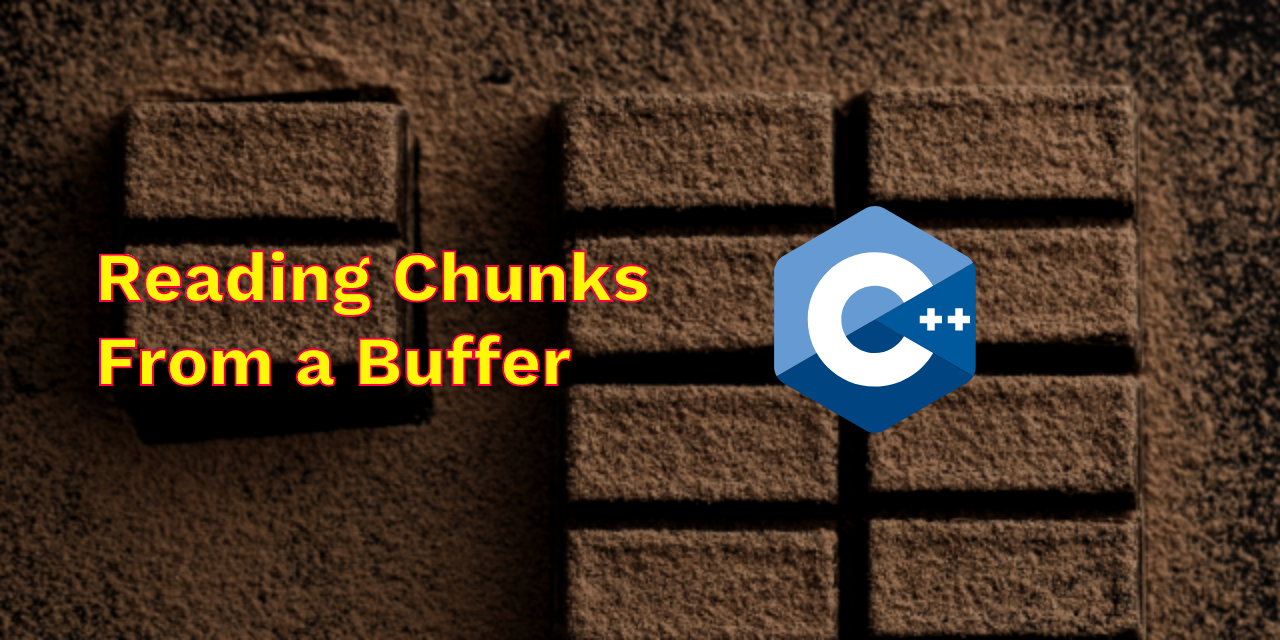
 NAT Types
NAT Types
 Building Cabinets
Building Cabinets
 Compiling GStreamer from source on Windows
Compiling GStreamer from source on Windows
 Debugging CMake Issues
Debugging CMake Issues
 Dual Boot Arch Linux and Windows 10
Dual Boot Arch Linux and Windows 10
 Mindset Updated Edition, Carol S. Dweck (Book Notes)
Mindset Updated Edition, Carol S. Dweck (Book Notes)
 How to setup a self-hosted Unifi NVR with Arch Linux
How to setup a self-hosted Unifi NVR with Arch Linux
 Blender 2.8 How to use Transparent Textures
Blender 2.8 How to use Transparent Textures
 Compiling FFmpeg with X264 on Windows 10 using MSVC
Compiling FFmpeg with X264 on Windows 10 using MSVC
 Blender 2.8 OpenGL Buffer Exporter
Blender 2.8 OpenGL Buffer Exporter
 Blender 2.8 Baking lightmaps
Blender 2.8 Baking lightmaps
 Blender 2.8 Tips and Tricks
Blender 2.8 Tips and Tricks
 Setting up a Bluetooth Headset on Arch Linux
Setting up a Bluetooth Headset on Arch Linux
 Compiling x264 on Windows with MSVC
Compiling x264 on Windows with MSVC
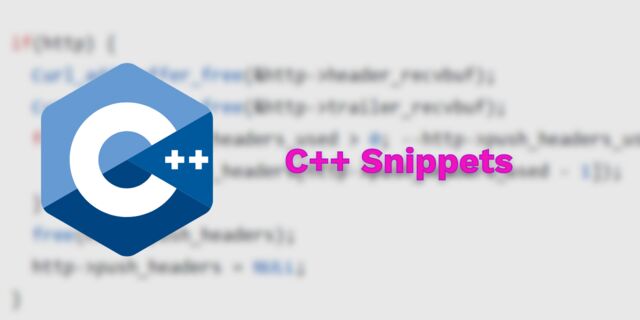 C/C++ Snippets
C/C++ Snippets
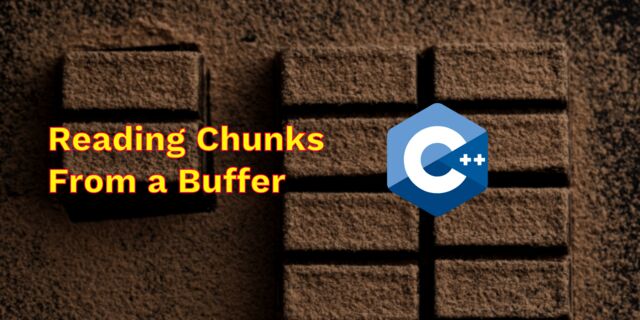 Reading Chunks from a Buffer
Reading Chunks from a Buffer
 Handy Bash Commands
Handy Bash Commands
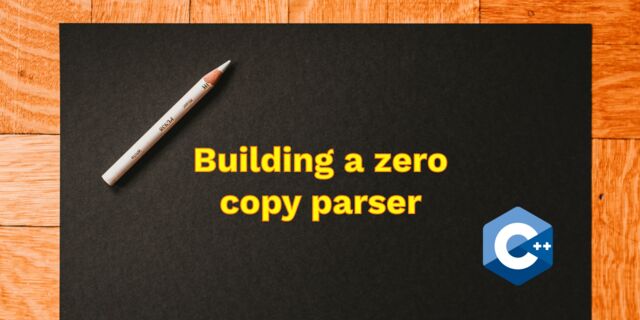 Building a zero copy parser
Building a zero copy parser
 Kalman Filter
Kalman Filter
 Saving pixel data using libpng
Saving pixel data using libpng
 Compile Apache, PHP and MySQL on Mac 10.10
Compile Apache, PHP and MySQL on Mac 10.10
 Fast Pixel Transfers with Pixel Buffer Objects
Fast Pixel Transfers with Pixel Buffer Objects
 High Resolution Timer function in C/C++
High Resolution Timer function in C/C++
 Rendering text with Pango, Cairo and Freetype
Rendering text with Pango, Cairo and Freetype
 Fast OpenGL blur shader
Fast OpenGL blur shader
 Spherical Environment Mapping with OpenGL
Spherical Environment Mapping with OpenGL
 Using OpenSSL with memory BIOs
Using OpenSSL with memory BIOs
 Attributeless Vertex Shader with OpenGL
Attributeless Vertex Shader with OpenGL
 Circular Image Selector
Circular Image Selector
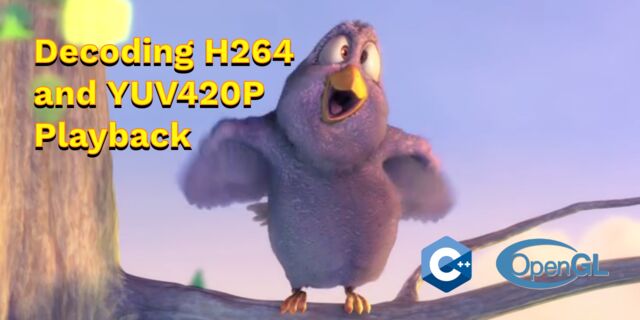 Decoding H264 and YUV420P playback
Decoding H264 and YUV420P playback
 Fast Fourier Transform
Fast Fourier Transform
 OpenGL Rim Shader
OpenGL Rim Shader
 Rendering The Depth Buffer
Rendering The Depth Buffer
 Delaunay Triangulation
Delaunay Triangulation
 RapidXML
RapidXML
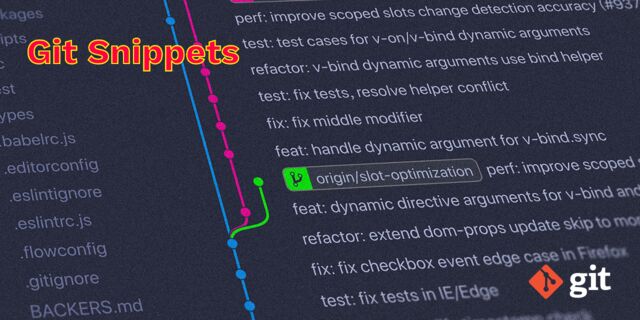 Git Snippets
Git Snippets
 Basic Shading With OpenGL
Basic Shading With OpenGL
 Open Source Libraries For Creative Coding
Open Source Libraries For Creative Coding
 Bouncing particle effect
Bouncing particle effect
 OpenGL Instanced Rendering
OpenGL Instanced Rendering
 Mapping a texture on a disc
Mapping a texture on a disc
 Download HTML page using CURL
Download HTML page using CURL
 Height Field Simulation on GPU
Height Field Simulation on GPU
 OpenCV
OpenCV
 Some notes on OpenGL
Some notes on OpenGL
 Math
Math
 Gists to remember
Gists to remember
 Reverse SSH
Reverse SSH
 Working Set
Working Set
 Consumer + Producer model with libuv
Consumer + Producer model with libuv
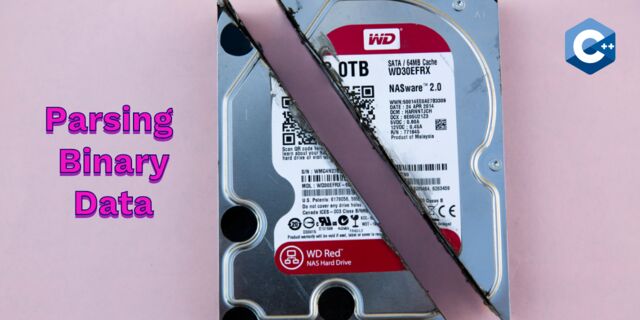 Parsing binary data
Parsing binary data
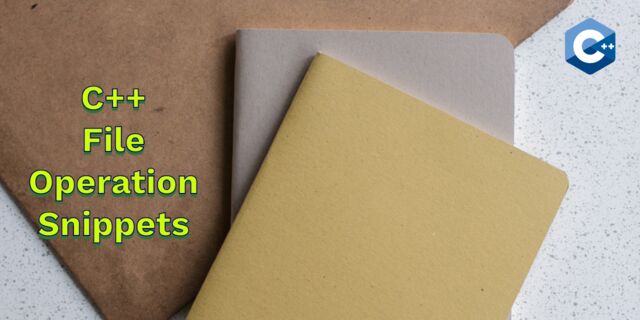 C++ file operation snippets
C++ file operation snippets
 Importance of blur with image gradients
Importance of blur with image gradients
 Real-time oil painting with openGL
Real-time oil painting with openGL
 x264 encoder
x264 encoder
 Generative helix with openGL
Generative helix with openGL
 Mini test with vector field
Mini test with vector field
 Protractor gesture recognizer
Protractor gesture recognizer
 Hair simulation
Hair simulation
 Some glitch screenshots
Some glitch screenshots
 Working on video installation
Working on video installation
 Generative meshes
Generative meshes
 Converting video/audio using avconv
Converting video/audio using avconv
 Auto start terminal app on mac
Auto start terminal app on mac
 Export blender object to simple file format
Export blender object to simple file format